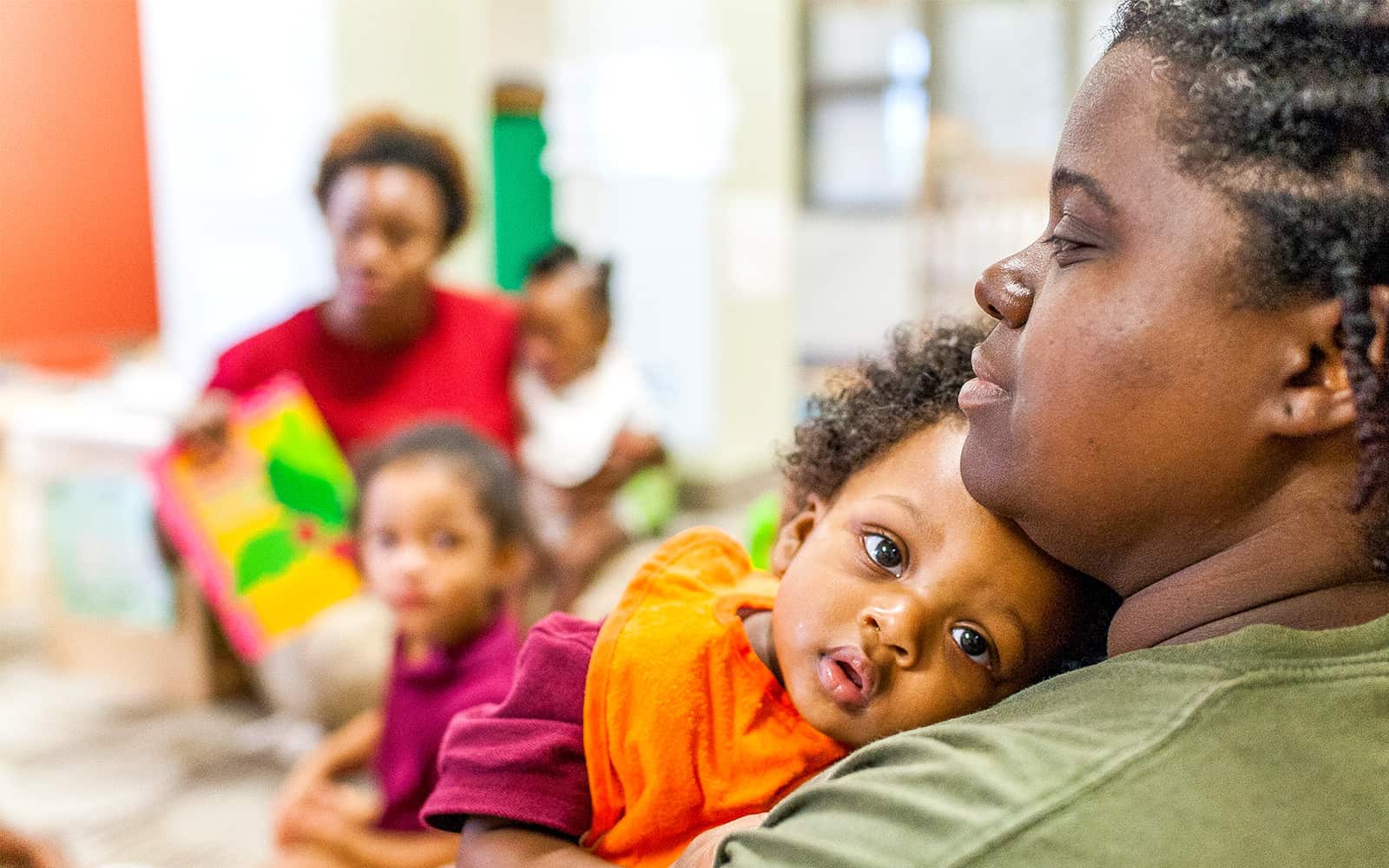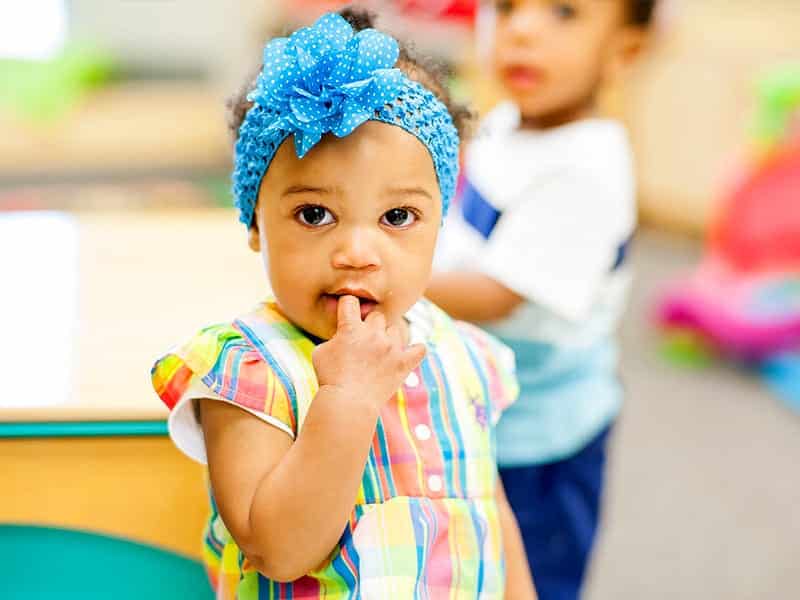In our fast-paced world it can feel like issues of violence and racism are dominating the content we consume from the news to social media to conversations with our friends and loved ones. While we are all working to process our thoughts, feelings and emotions around these difficult topics, so are our little ones. They are seeing these topics play out around them and, more importantly, they’re watching how the adults in their lives are responding. They might not be able to fully grasp what is going on, but even our youngest learners are picking up on our emotions in these challenging times.
That’s why here at the Start Early we created this series, Tackling Tough Topics with Your Little One, to give you helpful advice from our experts as well as tips to navigate discussing difficult topics such as violence, racism and loss with your children.
Why Racism?
The racially charged murders of Ahmaud Arbery, Breonna Taylor and George Floyd have been in the spotlight recently, but for every high-profile death that makes national news, thousands of similar incidents are quickly dismissed or ignored. As our country works to dismantle and rebuild in the wake of these violent events, it’s important to remember that even though your child may be too young to understand it, they are seeing how racial injustice and anti-Black sentiment are playing out on a national stage. Children as young as 6 months old begin to notice race-based differences, and by age 2 children are beginning to internalize racial biases. That is why it is so important to talk to your children about racism and discrimination early on and in an age appropriate way.
How to Address the Topic of Racism
- Five things to remember as a parent when talking to your child about racism:
- Remember to take care of yourself. Do not binge on news and social media. Watch what you need to stay informed and then make sure you process the information in a health way.
- Use mindfulness activities, exercise, spending time with your family, or music and movement activities, etc.
- Practice what you want to say ahead of time. These conversations can bring up a lot of uncertainty and fear in parents, too. It’s ok to call a friend or family member and practice ahead of time so that you will feel more comfortable when the time comes to talk to your child.
- Be aware of your own biases. Your child is paying attention to your behavior and learning from how you act and react in different situations.
- Be open to your child’s questions around racism and encourage them to come to you with them. Remember, it’s ok if you don’t have all of the answers.
- Consider that this conversation is approached very differently between Black and white parents.
- The “talk” in Black families is often started very early, usually around when the child is 4 years old and includes:
- Don’t resist police.
- Don’t run when approached by police
- Don’t talk back
- When in a store, do not run and keep your hands visible at all times
- Don’t think that just because your white friend can do it, you can to
- Do stay close to your parent at all times
- For white families sometimes the talk happens much later, or not at all, and parents don’t know where to start. If you are struggling to have the “talk” with your child, here are a few things to keep in mind:
- Children aren’t colorblind, all children develop racial prejudices unless their parents engage them directly about it, which is why talking about racism is so important.
- Be direct and intentional, use the words race and racism when talking about this topic.
- Lead by example to help your child understand why it’s so important to be anti-racist
- It’s ok to point out that skin color doesn’t have much biological significance, but skin color does have a lot of historical importance.
- If your child does say or do something racist, help them to understand that it’s not ok. You can thank them for being honest, and even admit if you’ve felt that way before. But explain why it’s racist and wrong. Intention doesn’t matter, even if they didn’t mean it, comments and actions still do harm, and they need to know that.
- The “talk” in Black families is often started very early, usually around when the child is 4 years old and includes:
- Remember to take care of yourself. Do not binge on news and social media. Watch what you need to stay informed and then make sure you process the information in a health way.
- For Infants and Toddlers
- Read picture books—make sure they see images of themselves reflected in the pictures at storytime.
- Make sure you present different races and cultures through books, toys, food, languages, etc.
- Reinforce that difference is not bad—recognize and celebrate differences.
- For Children Ages 3-5
- Read books
- If all of the characters in the book look the same, ask your child what they think about that.
- Add different books that show black and brown children of different cultures being the hero or solving the problem.
- Introduce age appropriate books the discuss topics of Civil/Human Rights, Discrimination.
- This might sound simple, but it’s actually pretty important—ask your child how they feel. You know your child best and can sense when they are upset. Try asking what they might be worried about or afraid of so you can reinforce that you are there to protect and support them.
- Use the idea of fairness to help describe how racism is unfair and unacceptable; young children understand the concept of fairness very well, and this will help them understand why we need to work together to make it better.
- Read books
Other Resources
- A Kids Book About Racism
- Recommended books with characters of color
- Recommended books on social justice
Stay tuned for the next article in our series which will cover how to talk to your little ones about loss. Connect with us for more resources, tips and expert advice.



